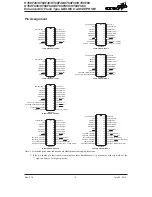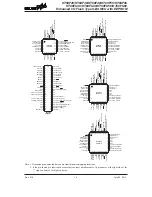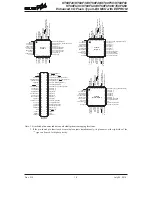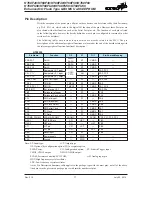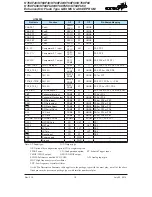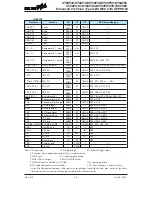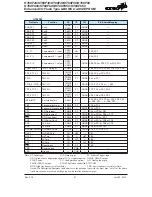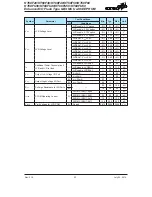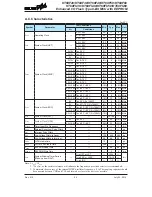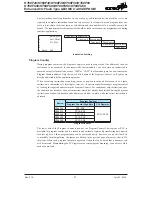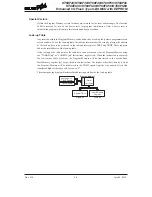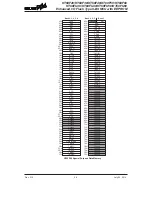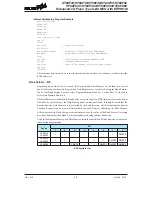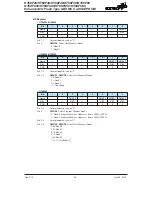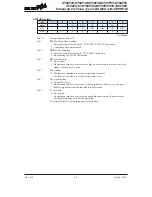
Rev. 2.10
26
���� 02� 201�
Rev. 2.10
27
���� 02� 201�
HT68F20/HT68F30/HT68F40/HT68F50/HT68F60
HT68FU30/HT68FU40/HT68FU50/HT68FU60
Enhanced I/O Flash Type 8-Bit MCU with EEPROM
HT68F20/HT68F30/HT68F40/HT68F50/HT68F60
HT68FU30/HT68FU40/HT68FU50/HT68FU60
Enhanced I/O Flash Type 8-Bit MCU with EEPROM
For instructions involving branches, such as jump or call instructions, two machine cycles are
required to complete instruction execution. An extra cycle is required as the program takes one
cycle to first obtain the actual jump or call address and then another cycle to actually execute the
branch. The requirement for this extra cycle should be taken into account by programmers in timing
sensitive applications.
Instruction Fetching
Program Counter
During program execution, the Program Counter is used to keep track of the address of the next
instruction to be executed. It is automatically incremented by one each time an instruction is
executed except for instructions, such as "JMP" or "CALL" that demand a jump to a non-consecutive
Program Memory address. Only the lower 8 bits, known as the Program Counter Low Register, are
directly addressable by the application program.
When executing instructions requiring jumps to non-consecutive addresses such as a jump
instruction, a subroutine call, interrupt or reset, etc., the microcontroller manages program control
by loading the required address into the Program Counter. For conditional skip instructions, once
the condition has been met, the next instruction, which has already been fetched during the present
instruction execution, is discarded and a dummy cycle takes its place while the correct instruction is
obtained.
Device
Program Counter
Program Counter High Byte
PCL Register
HT68F20
PC9� PC8
PCL7~PCL0
HT68F30
PC10~PC8
HT68F�0
PC11~PC8
HT68F50
PC12~PC8
HT68F60
PC13~PC8
Program Counter
The lower byte of the Program Counter, known as the Program Counter Low register or PCL, is
available for program control and is a readable and writeable register. By transferring data directly
into this register, a short program jump can be executed directly, however, as only this low byte
is available for manipulation, the jumps are limited to the present page of memory, that is 256
locations. When such program jumps are executed it should also be noted that a dummy cycle
will be inserted. Manipulating the PCL register may cause program branching, so an extra cycle is
needed to pre-fetch.

